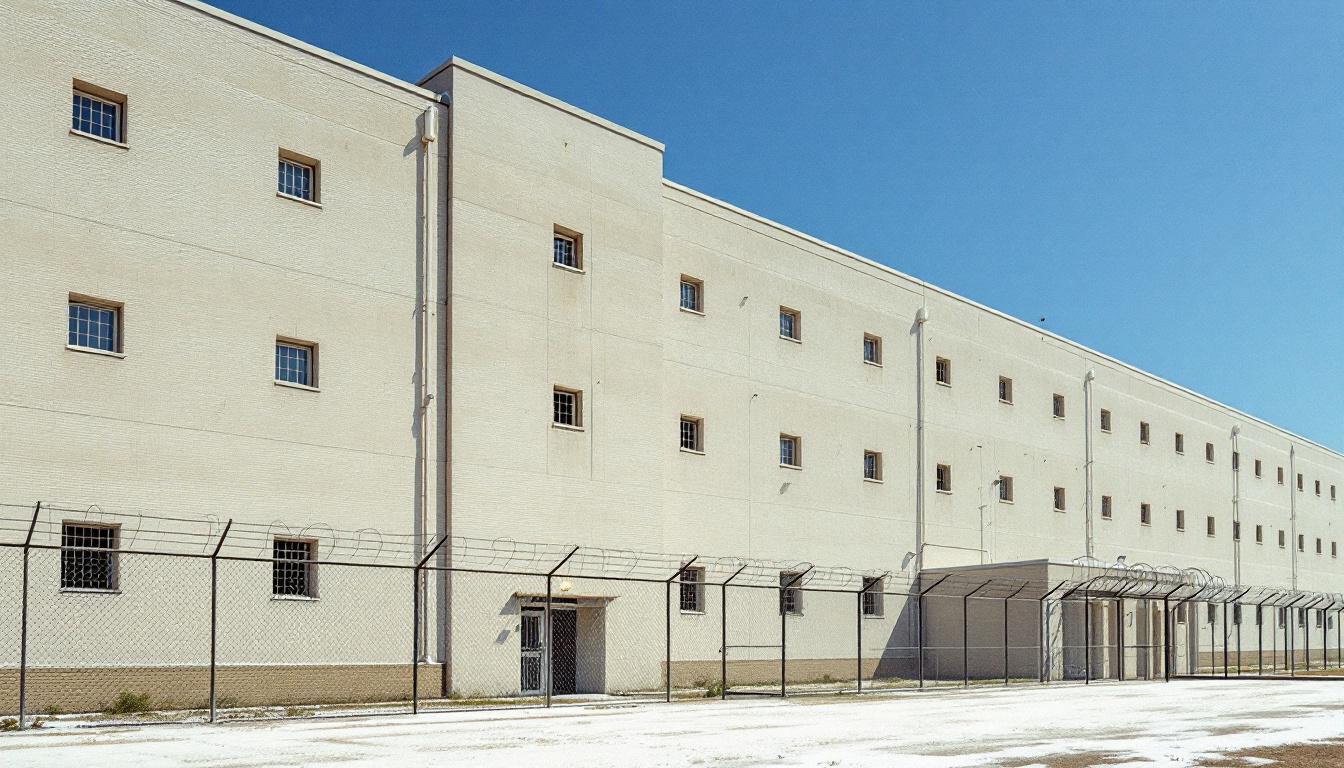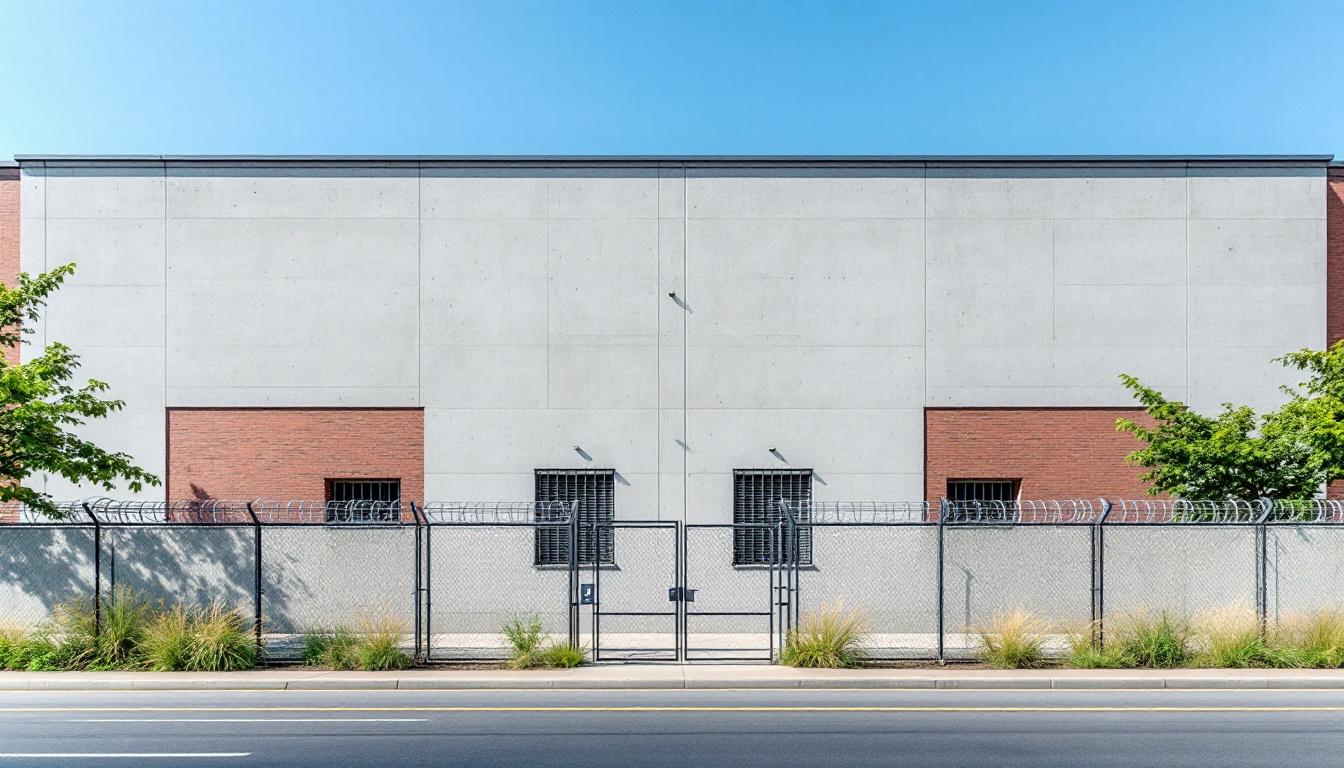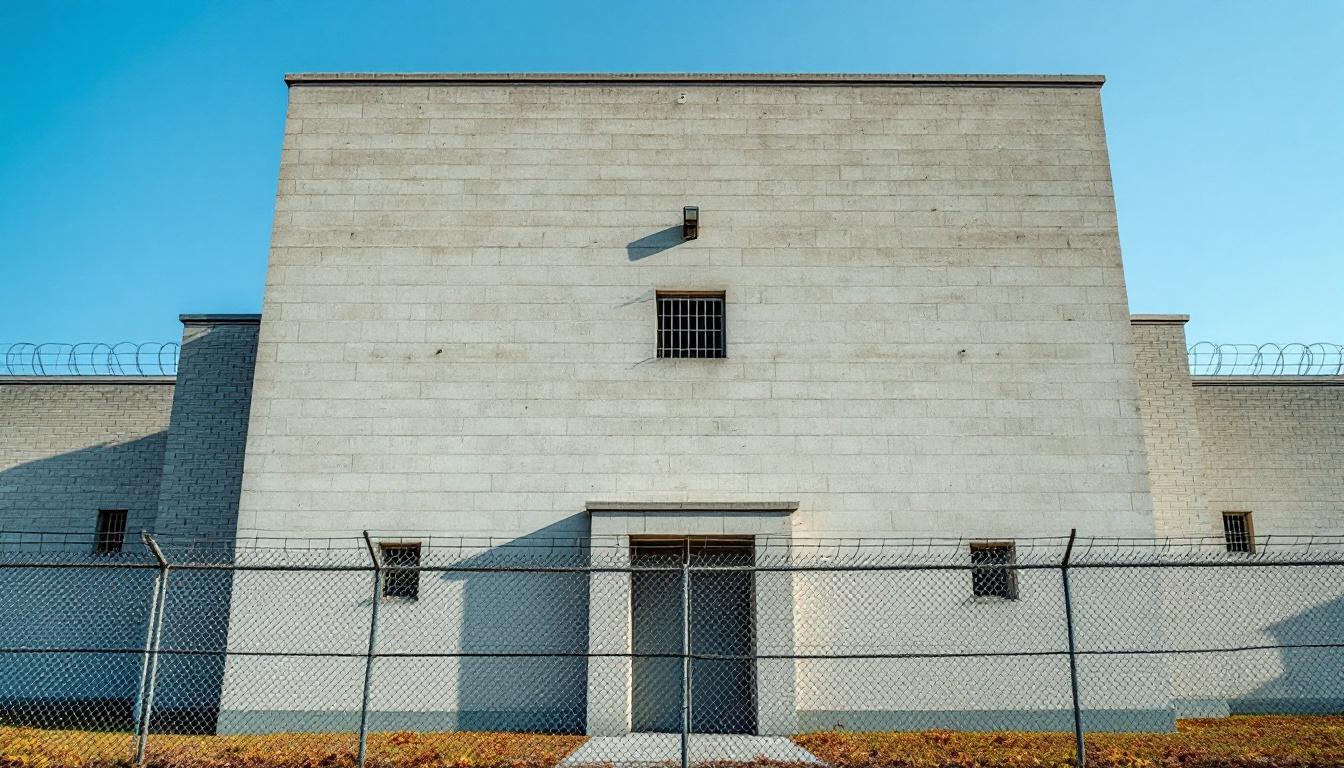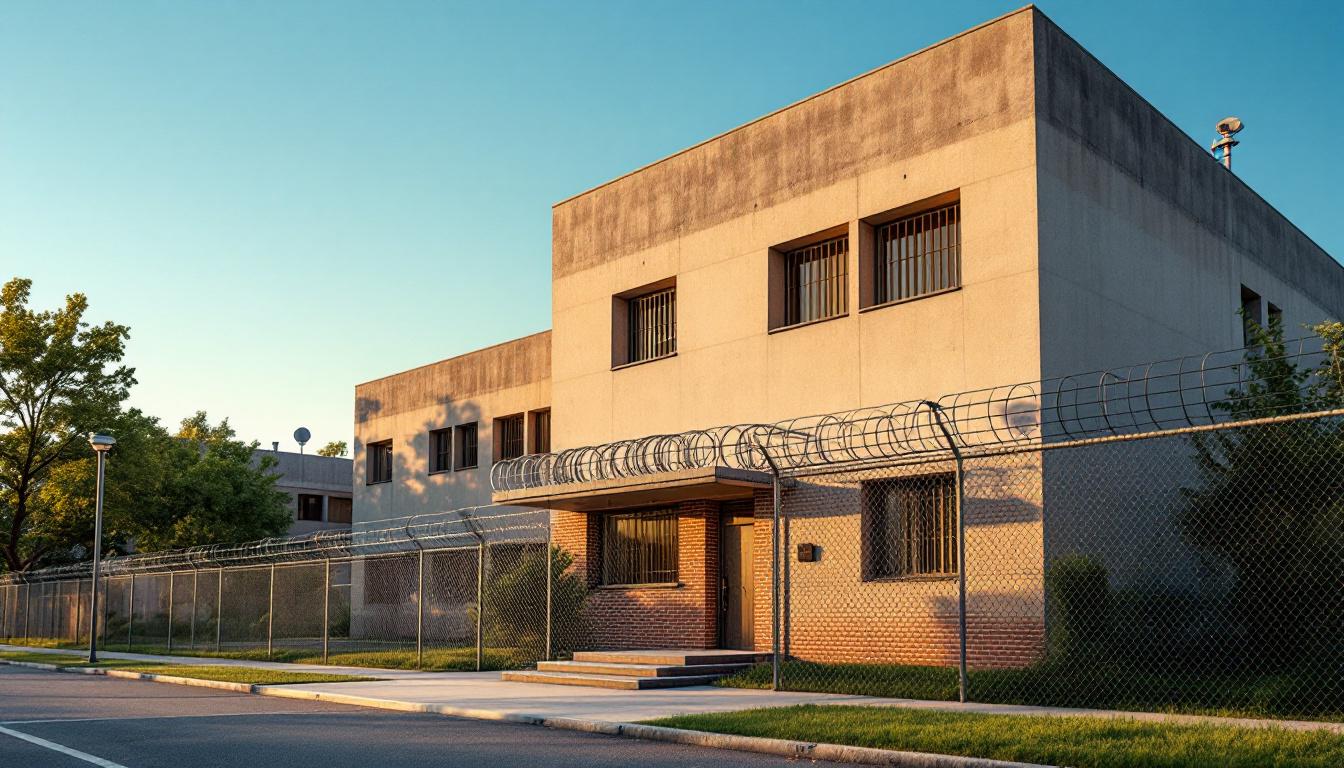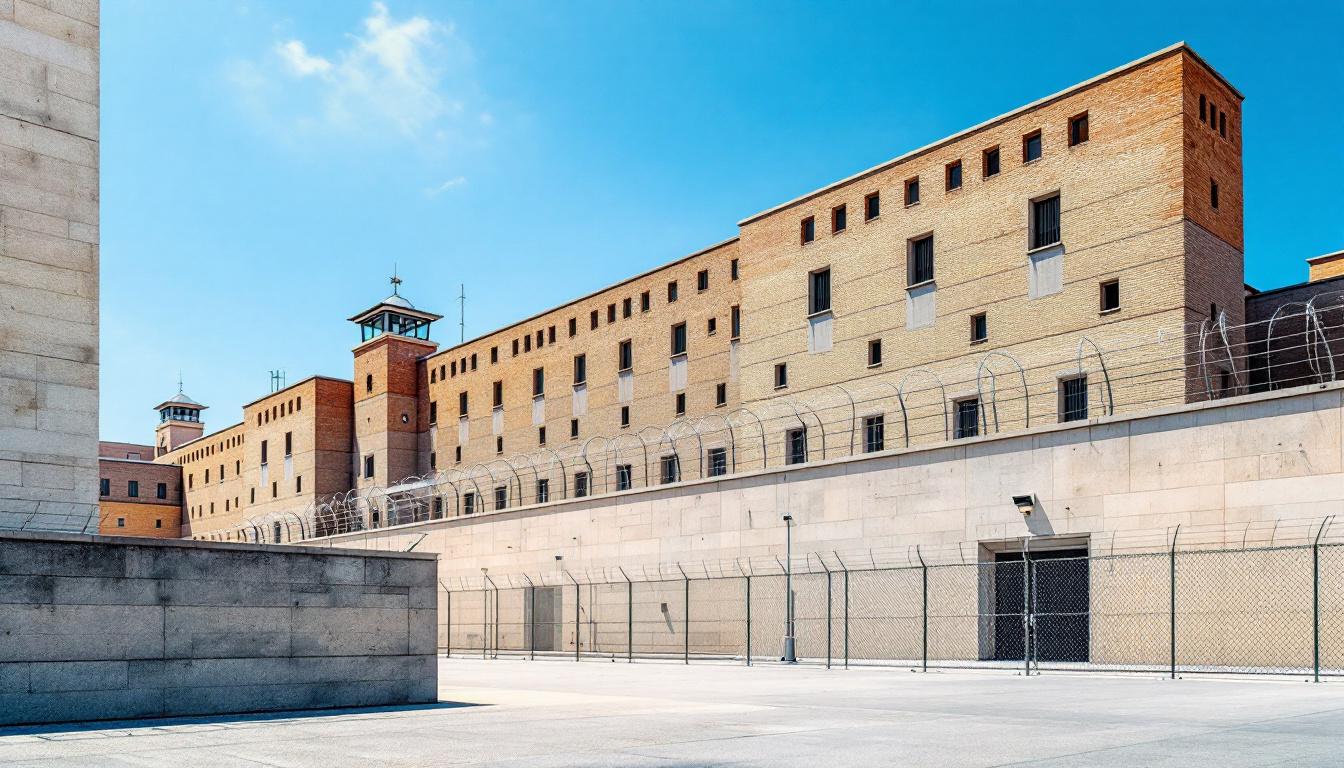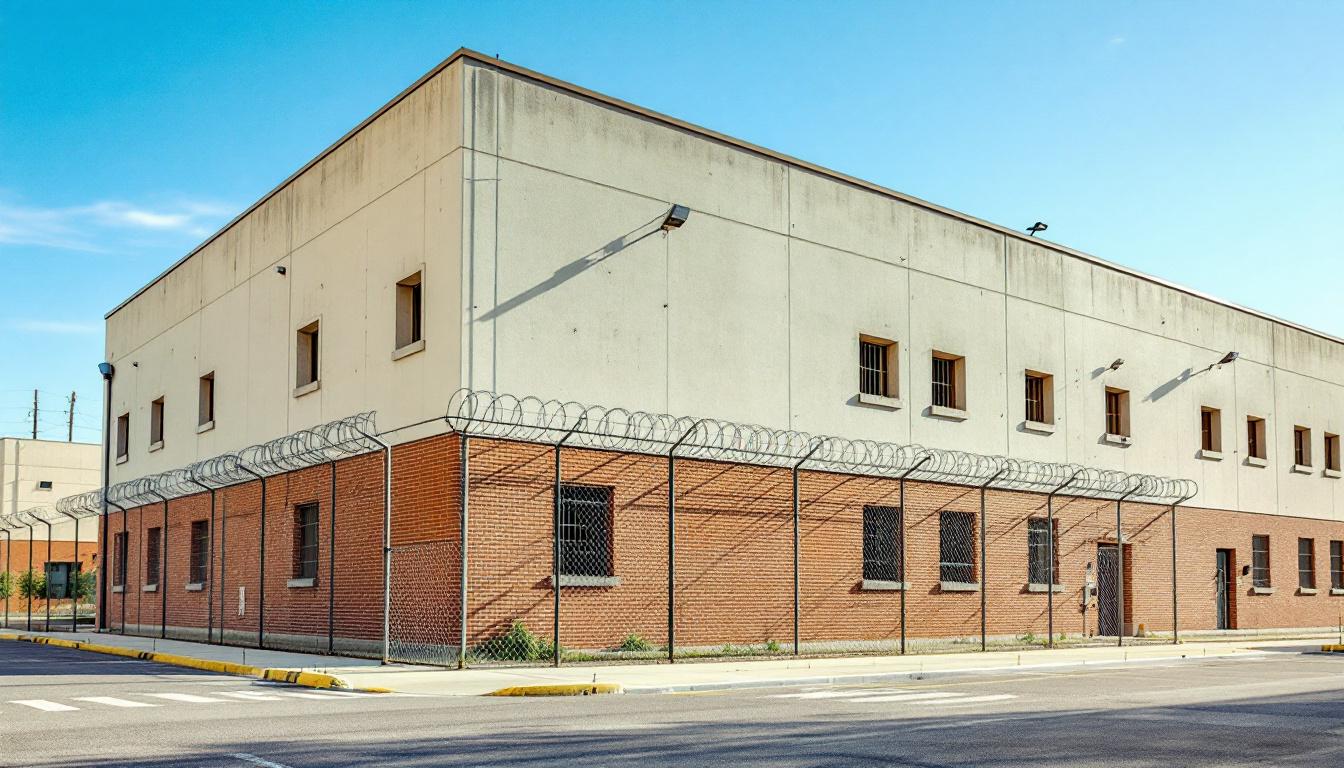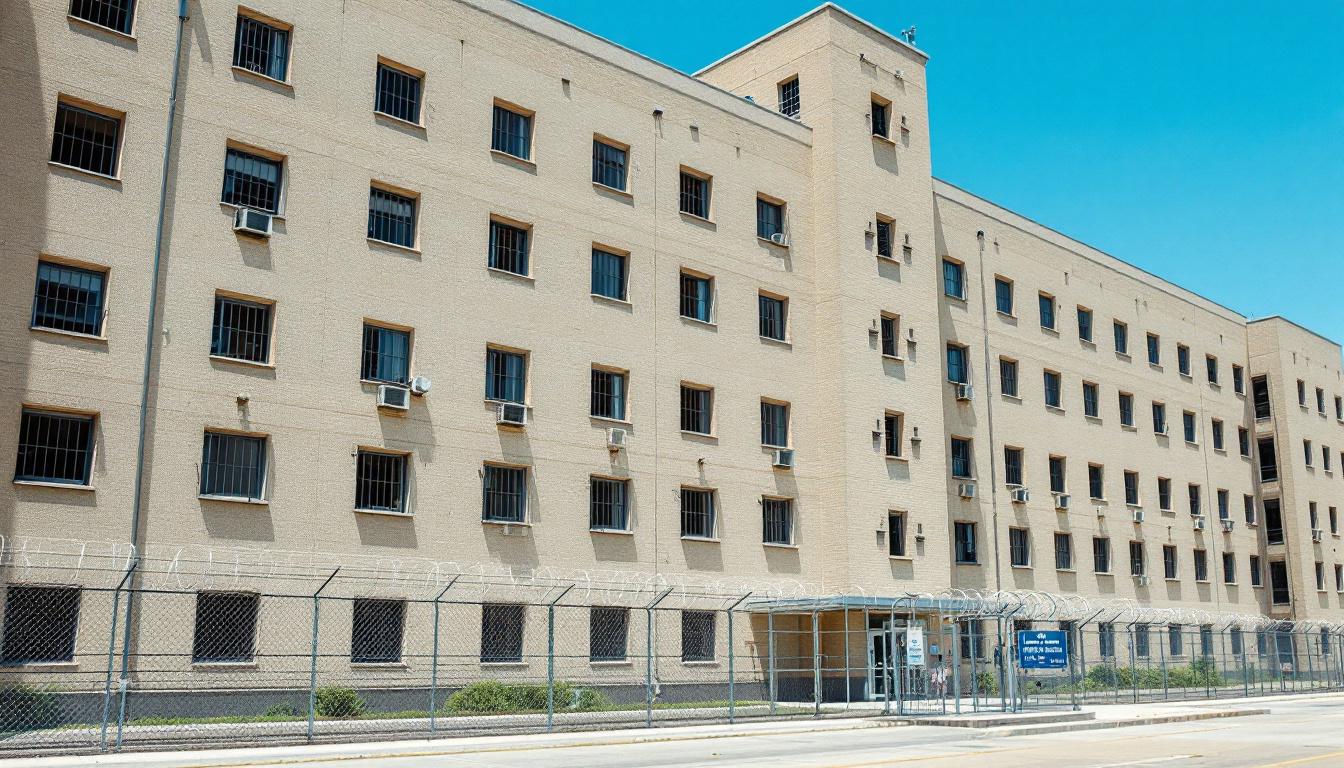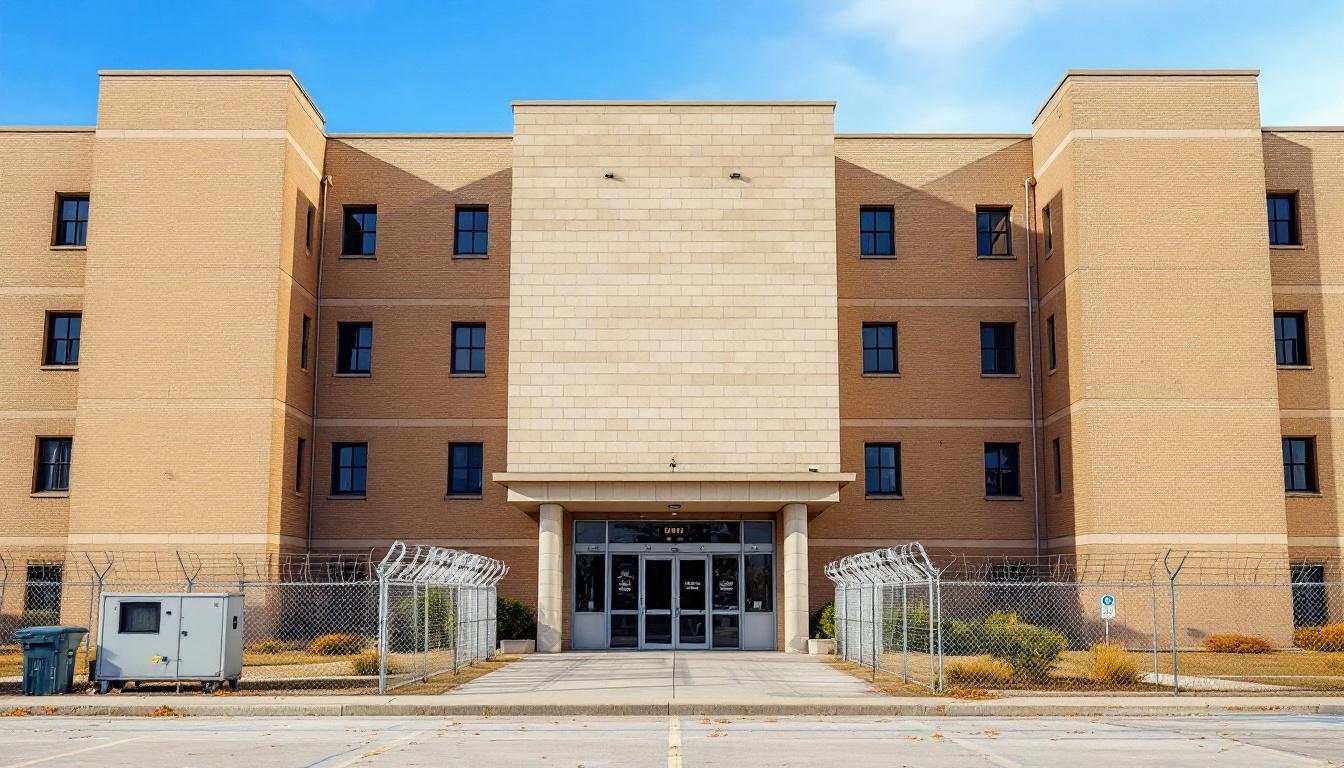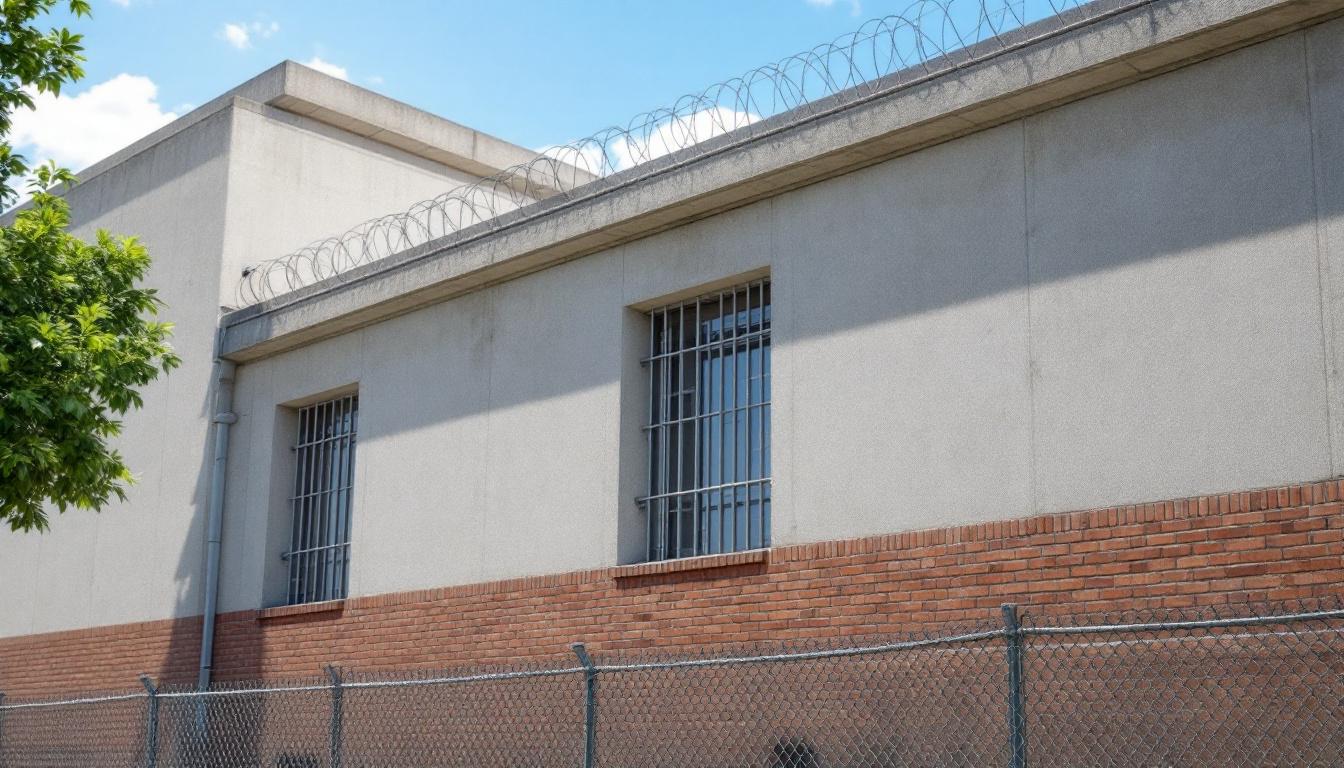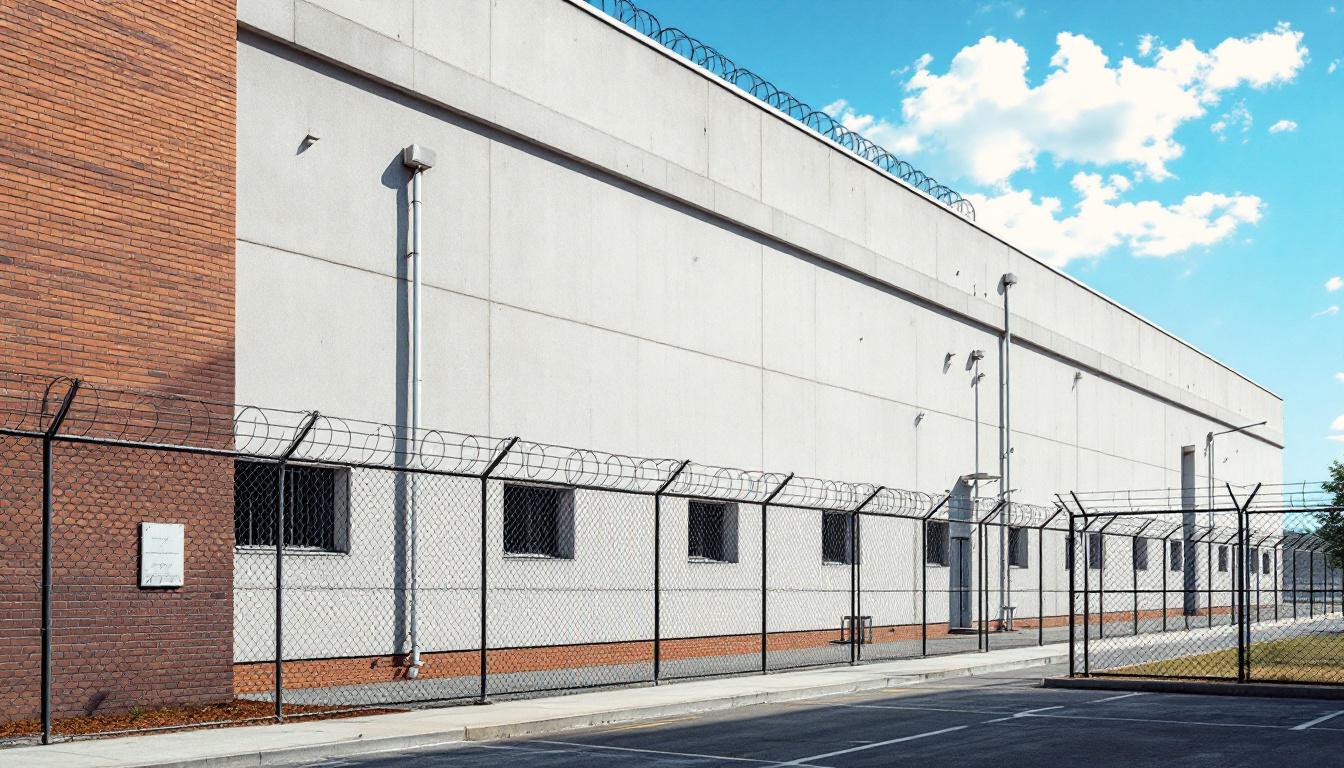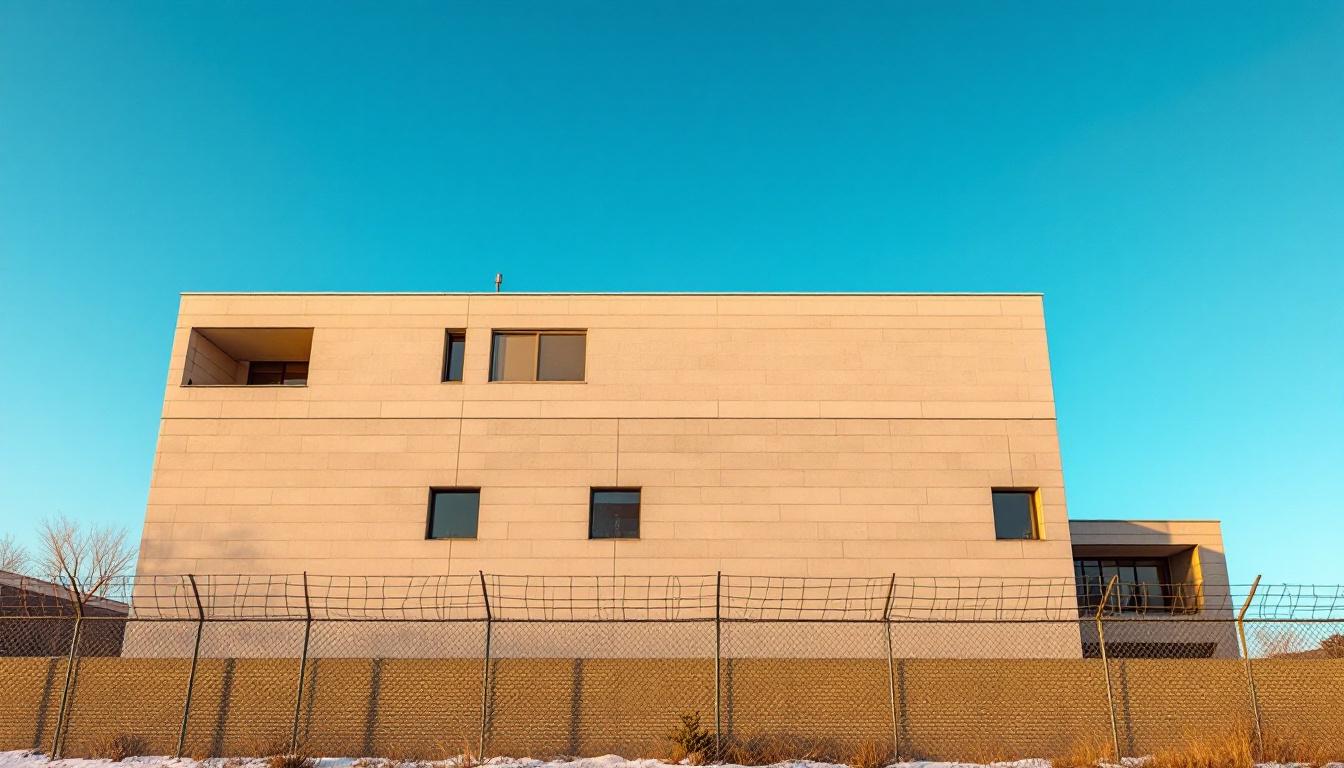
Quick Navigation
How to contact an inmate at Sonoma County Main Adult Detention Facility
This comprehensive guide will walk you through how to connect with an inmate at Sonoma County Main Adult Detention Facility. Follow the steps below to find an inmate and send letters and photos:
- Search for the inmate using our search tool below
- Create your account or log in to Penmate
- Write your message (up to 6,000 characters)
- Send instantly - inmates receive printed copies daily
Find an Inmate
Search for an inmate to start communicating today
Tip: You can search by first name, last name, or inmate ID number
To contact a person at Sonoma County Main Adult Detention Facility start by searching for the person on the official facility website. Perform a search by following these steps:
- Step 1: Enter their first name and last name into the search form and click "Search"
- Step 2: Locate their inmate record
- Step 3: Write down their Inmate ID and any housing information provided
Important! Be sure to enter the person's full name. Nicknames should not be used.
How to Send Messages to Inmates

You can use your phone or computer to send emails, letters, and photos to an inmate. Messages are sent electronically to inmate tablets or kiosks at the facility. If you would like to send a message, start by searching for an inmate at Sonoma County Main Adult Detention Facility.
Sending Photos and Postcards

A great way to send love and support to a loved one at Sonoma County Main Adult Detention Facility is to send photos and postcards. It only takes a few minutes to send photos from your phone and it makes a huge difference. You can also mail postcards with words of support and inspiration, or design your own postcard for special moments like birthdays and holidays.
Important! Be sure not to send any explicit photos or they may not be approved by the facility. You can also use a photo printing app like Penmate to make sure your photos are printed at the correct size (4x6 or 3x5) and are mailed according to the rules and regulations of Sonoma County Main Adult Detention Facility.
Frequently asked questions about Sonoma County Main Adult Detention Facility
-
How long does it take to deliver a message?
If you're sending an email message your letter is usually delivered within 24-48 hours. For messages sent via mail you should expect delivery within 3-7 days. All messages will need be approved by Sonoma County Main Adult Detention Facility.
-
How much does it cost to send a message to Sonoma County Main Adult Detention Facility?
You can send a message free using your phone or mail a message via USPS for the price of a $0.60 stamp and envelope. You can also purchase credits or e-stamps from services starting at $1.99.
-
What services can I use to contact an inmate at Sonoma County Main Adult Detention Facility?
Penmate
You can use Penmate to send letters and photos to an inmate from your phone. It's an easy way to stay in touch during your loved one's incarceration. Use the inmate locator to find an inmate's location and contact information, then you can send messages within a few minutes.
Securus messaging
Securus may be another option for communicating with an inmate at Sonoma County Main Adult Detention Facility. You can create a friends and family account and purchase credits to send messages. All messages will be reviewed and must be approved by the facility.
JPay
Some county jails and state prisons may support sending messages with JPay. You must register an account with the system, find your loved one, and purchase stamps to send messages. For some locations you can also attach photos.
Smart Jail Mail
You may also check if Smart Jail Mail is available at Sonoma County Main Adult Detention Facility. Smart Jail Mail is operated by Smart Communications and has contracted with some state and county jails. After purchasing credits, your messages and photos are sent to the facility, printed out, and then handed out to your loved one.
-
What is the mailing address of Sonoma County Main Adult Detention Facility?
Mailing address:
Sonoma County Main Adult Detention Facility
2777 Ventura Ave
Santa Rosa, CA 95403
Phone: (707) 565-1400 -
What are the visiting hours at Sonoma County Main Adult Detention Facility?
Visiting hours at Sonoma County Main Adult Detention Facility vary by housing unit and security level. Generally, visits are scheduled on weekends and holidays, with some facilities offering weekday visits. Contact the facility directly at (707) 565-1400 or check their website for the current visiting schedule. Visits typically last 30-60 minutes and must be scheduled in advance.
-
What items are prohibited when sending mail to Sonoma County Main Adult Detention Facility?
Prohibited items typically include: cash, personal checks, stamps, stickers, glitter, glue, tape, staples, paperclips, polaroid photos, musical or blank greeting cards, hardcover books, magazines with staples, and any items containing metal or electronics. Only send letters on plain white paper with blue or black ink. Photos must be printed on regular photo paper (no Polaroids). Always check with Sonoma County Main Adult Detention Facility for their specific mail policies.
-
How do I send money to an inmate at Sonoma County Main Adult Detention Facility?
You can send money to an inmate at Sonoma County Main Adult Detention Facility through several methods: 1) Online using JPay, Access Corrections, or the facility's approved vendor, 2) Money orders mailed directly to the facility with the inmate's name and ID number, 3) Kiosks located in the facility lobby, or 4) Over the phone using a credit or debit card. Fees vary by method, typically ranging from $2.95 to $11.95 per transaction.
-
Can I schedule a video visit with an inmate at Sonoma County Main Adult Detention Facility?
Many facilities now offer video visitation as an alternative to in-person visits. At Sonoma County Main Adult Detention Facility, video visits may be available through services like Penmate, Securus Video Connect, GTL, or ICSolutions. Video visits typically cost $10-20 for 20-30 minutes and must be scheduled in advance. You'll need a computer or smartphone with a camera and reliable internet connection. Contact the facility for their specific video visitation policies and approved vendors.
-
What identification do I need to visit an inmate at Sonoma County Main Adult Detention Facility?
All visitors must present valid government-issued photo identification such as a driver's license, state ID, passport, or military ID. Minors must be accompanied by a parent or legal guardian who can provide the minor's birth certificate. Some facilities require visitors to be on the inmate's approved visitation list, which may require a background check. Contact Sonoma County Main Adult Detention Facility for specific ID requirements and visitor approval procedures.
-
How can I find out an inmate's release date?
To find an inmate's release date at Sonoma County Main Adult Detention Facility, you can: 1) Use the online inmate search tool if available, 2) Call the facility's records department, 3) Contact the inmate's case manager or counselor, or 4) Have the inmate provide this information during a call or visit. For privacy reasons, some facilities only release this information to immediate family members.
Facility Overview
Contact Information
Sonoma County Main Adult Detention Facility2777 Ventura Ave
Santa Rosa, CA 95403
Phone: (707) 565-1400
Official Website

About Sonoma County Main Adult Detention Facility
Nestled within the Santa Rosa community of Florida, Sonoma County Jail, CA operates as a vital component of the region's correctional infrastructure, serving residents who require secure housing while navigating the legal process. This FL correctional facility emphasizes a collaborative approach that extends beyond traditional detention, working alongside community organizations and support networks to address the underlying factors that often contribute to criminal behavior.
The facility's approach to offender management and support typically centers on providing residents services that may include educational opportunities, substance abuse counseling, and vocational training programs designed to prepare individuals for successful reintegration into society. County jail operations generally focus on maintaining safety while offering pathways for personal development, recognizing that effective rehabilitation often requires addressing multiple aspects of an individual's circumstances. Staff members work to create an environment where residents can access resources that support positive behavioral changes during their time in custody.
Through its position within Florida's south region correctional network, the facility often collaborates with local agencies to ensure continuity of care and support services. This comprehensive approach to rehabilitation may encompass mental health services, life skills training, and connections to community resources that can provide ongoing assistance upon release. By maintaining these collaborative relationships, the facility strives to reduce recidivism rates while supporting both individual growth and community safety throughout the Santa Rosa area.
Programs & Services
Educational initiatives form the cornerstone of rehabilitative efforts within the facility, encompassing comprehensive academic programming that addresses diverse learning needs and skill levels. These initiatives typically include adult basic education, high school equivalency preparation, and various vocational training opportunities designed to enhance residents' prospects for successful community reintegration. The facility's approach emphasizes practical skill development alongside traditional academic learning, recognizing that meaningful education often serves as a catalyst for positive behavioral change and reduced recidivism rates.
Vocational training initiatives may deliver specialized instruction in trades such as masonry, providing residents with hands-on experience in construction techniques, material handling, and safety protocols essential for employment in the building industry. Educational programming often includes computer literacy courses, financial literacy workshops, and career readiness seminars that prepare participants for job interviews and workplace expectations. These comprehensive educational offerings typically operate through structured classroom environments where residents can progress at their own pace while receiving individualized support from qualified instructors.
In addition to this educational foundation, therapeutic initiatives address the complex behavioral health needs that frequently contribute to criminal justice involvement. Substance abuse treatment programming may offer evidence-based interventions including group counseling, individual therapy sessions, and relapse prevention strategies tailored to each resident's specific addiction challenges. Dual diagnosis treatment initiatives typically provide integrated care for individuals experiencing both mental health disorders and substance use disorders, while support services such as work release programming and music therapy initiatives create additional pathways for personal growth and community connection during the reintegration process.
Daily Life & Visitation
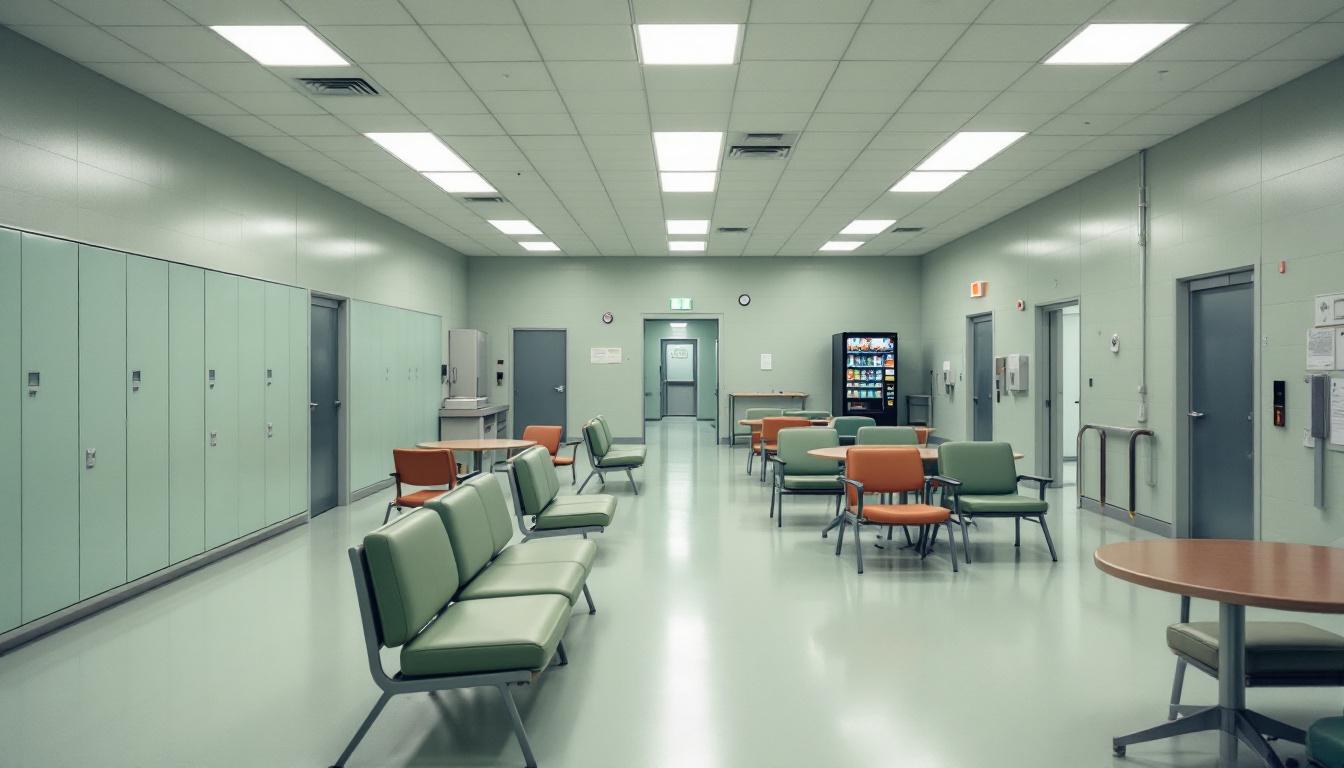
The steady rhythm of scheduled activities and mandatory counts creates a predictable framework that many residents find helps them navigate their time at the facility. At present, the daily structure typically begins with early morning wake-up calls, followed by organized meal times and various programming opportunities that actively engage residents throughout the day. This consistent routine generally includes designated periods for recreation, educational programming, and personal time, with security checks occurring at regular intervals to maintain facility safety and order.
Living accommodations at Sonoma County Jail typically consist of housing units that may range from dormitory-style arrangements to smaller cells, depending on classification levels and available space. Residents usually receive basic bedding, hygiene items, and are permitted to maintain limited personal property according to facility guidelines. Meals are generally served in designated dining areas or delivered to housing units, with menus that typically meet basic nutritional requirements while accommodating certain dietary restrictions when medically necessary.
In addition to this structured environment, residents may have access to various work assignments within the facility, such as kitchen duties, maintenance tasks, or laundry services, which often provide both structure and potential skill development. Recreation opportunities typically include outdoor exercise time when weather permits, along with indoor activities that may include television viewing, reading materials, and organized games. Despite this structured setting, maintaining family connections remains important, with visitation policies generally allowing scheduled visits from approved family members and friends, while telephone access and correspondence typically provide additional means of communication with loved ones on the outside.
Ready to Connect?
Start communicating with your loved one today
Search for an Inmate
